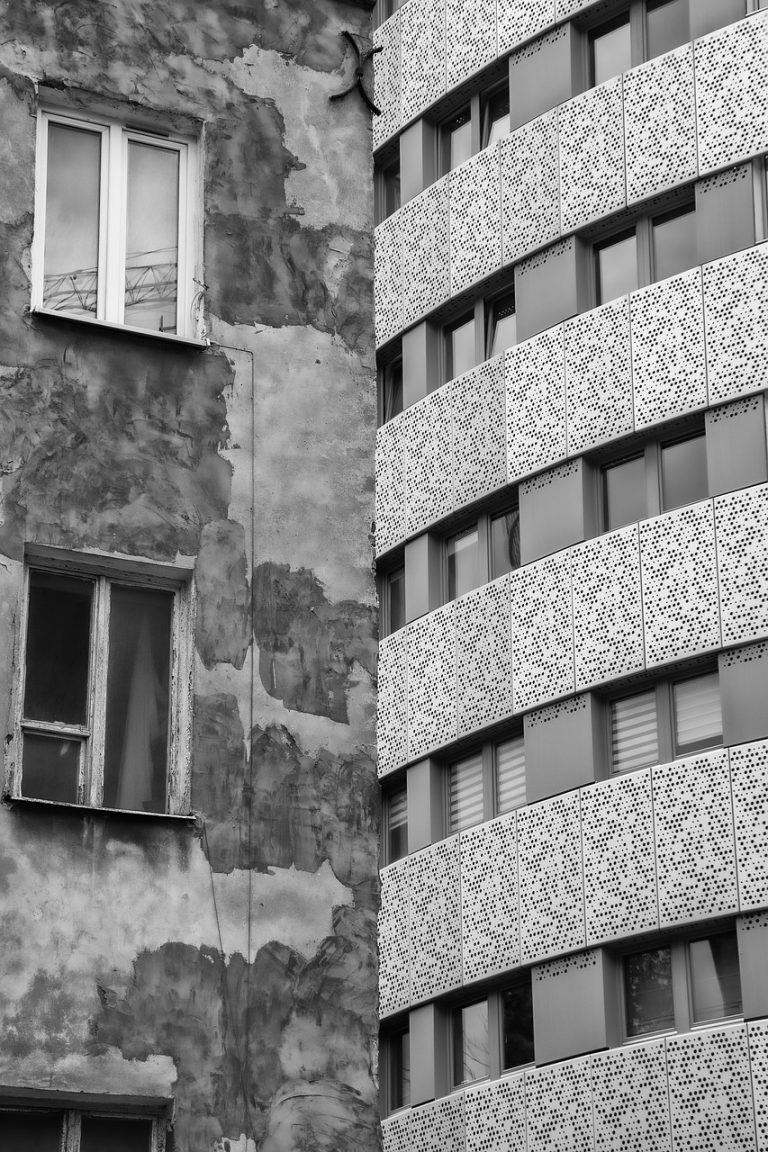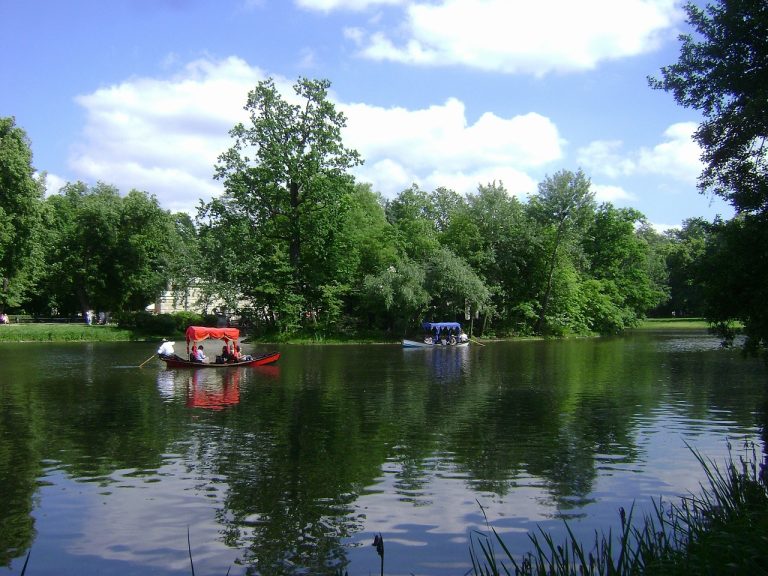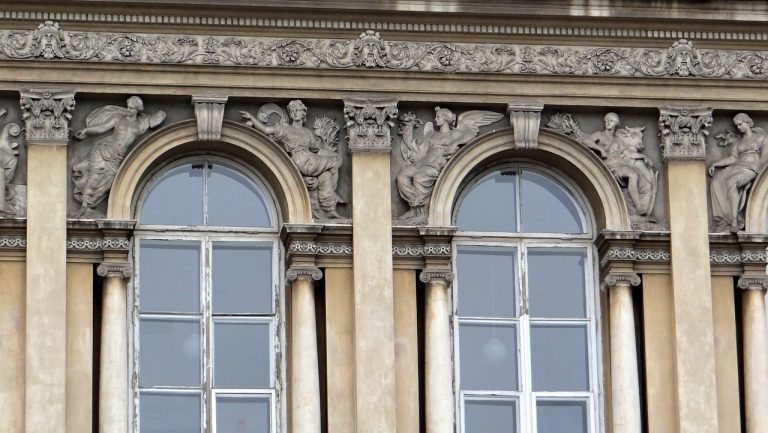Warsaw Poland Video
Historical Treasures of Warsaw Poland: Reliving the Past
Warsaw, the capital of Poland, is a city rich in history and culture. It has witnessed significant events that shaped not only the country but also the entire European region. From royal palaces to ancient fortresses, Warsaw is home to numerous historical treasures that allow visitors to relive the past. In this article, we will explore ten fascinating historical sites in Warsaw that showcase its rich heritage.
Old Town Market Place
The Old Town Market Place is the heart of Warsaw’s Old Town, a UNESCO World Heritage site. This vibrant square dates back to the 13th century and has been the center of trade and social gatherings for centuries. The area is lined with colorful townhouses, each with its unique architecture and history. Visitors can stroll through the cobblestone streets, admire the colorful facades, and enjoy the atmosphere of this lively square.
- The Mermaid Statue: The Mermaid Statue is an iconic symbol of Warsaw. According to legend, the mermaid protects the city and its inhabitants. The statue is a popular meeting point for locals and tourists.
- The Warsaw Historical Museum: The Warsaw Historical Museum is located in the Old Town Market Place and offers a comprehensive overview of the city’s history. It houses a vast collection of artifacts, documents, and interactive exhibits.
- The Barbican: The Barbican is a medieval fortification that once formed part of Warsaw’s defensive walls. It is now a popular tourist attraction and offers panoramic views of the Old Town.
Royal Castle
The Royal Castle, located in Castle Square, is one of Warsaw’s most significant historical landmarks. Originally built in the 14th century, it served as the residence of Polish kings and queens. The castle has undergone several reconstructions throughout the centuries and today serves as a museum.
- The Great Assembly Hall: The Great Assembly Hall is one of the castle’s most impressive rooms. It features stunning frescoes, intricate woodwork, and a collection of royal portraits.
- The Royal Apartments: The Royal Apartments showcase the luxurious lifestyle of Polish monarchs. Visitors can explore the beautifully furnished rooms, adorned with exquisite artwork and furniture.
- The Sigismund’s Chapel: The Sigismund’s Chapel is a masterpiece of Renaissance architecture. It houses the tombs of Polish kings and is known for its stunning marble altarpiece.
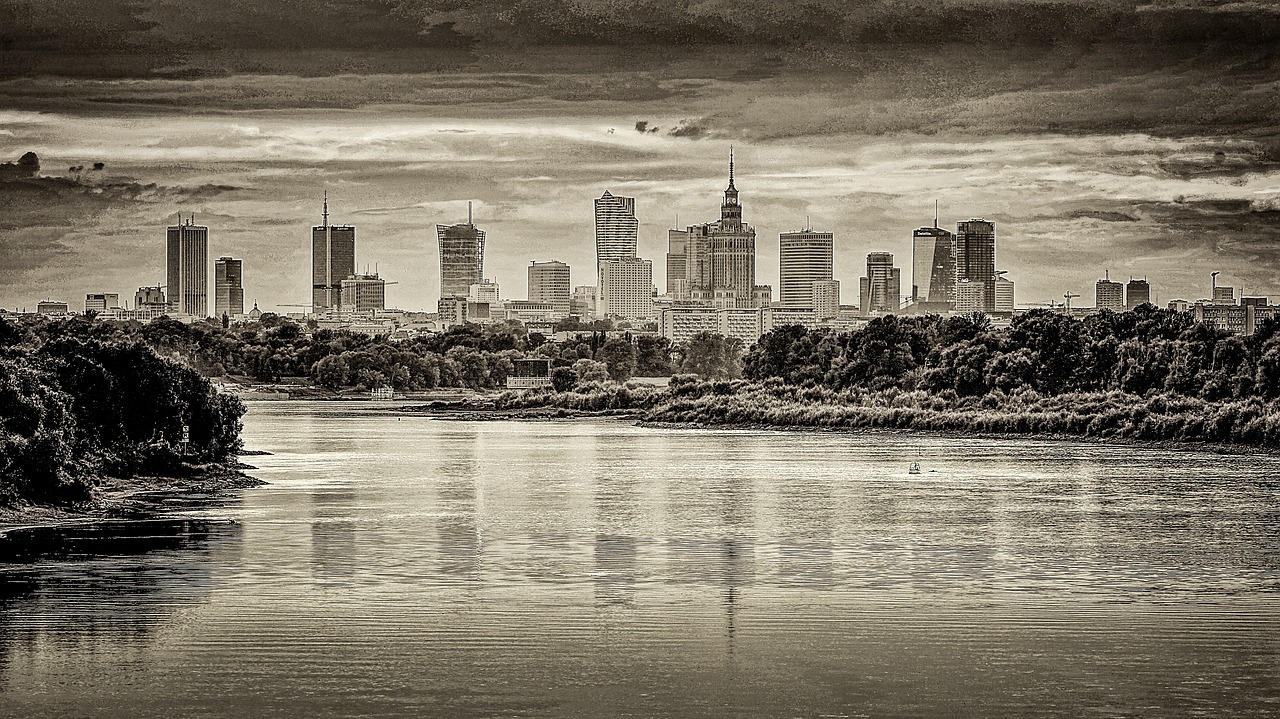
Wilanów Palace
Wilanów Palace is a magnificent Baroque residence located in the Wilanów district of Warsaw. It was built for King John III Sobieski in the late 17th century and is surrounded by beautifully landscaped gardens.
- The Palace Interiors: The palace interiors feature opulent rooms decorated with intricate stucco, frescoes, and royal portraits. Visitors can admire the grandeur of the royal chambers and learn about the history of the palace.
- The Royal Gardens: The Royal Gardens of Wilanów Palace are a true oasis of tranquility. They feature meticulously manicured lawns, colorful flowerbeds, and charming fountains.
- The Orangery: The Orangery is a greenhouse located within the palace complex. It houses a collection of exotic plants and offers a peaceful retreat for visitors.
Warsaw Uprising Museum
The Warsaw Uprising Museum is dedicated to the Warsaw Uprising of 1944, a major resistance operation against the German occupation during World War II. The museum provides a comprehensive insight into the daily life of the insurgents and the tragic consequences of the uprising.
- The Main Hall: The Main Hall of the museum showcases the key events of the Warsaw Uprising through multimedia presentations, photographs, and personal testimonies.
- The Underground Route: The Underground Route allows visitors to experience the conditions in which the insurgents fought. It includes reconstructed bunkers and a replica of a sewer system used for communication.
- The Memorial Wall: The Memorial Wall displays the names of the insurgents who lost their lives during the uprising. It serves as a poignant reminder of the sacrifice made by the people of Warsaw.
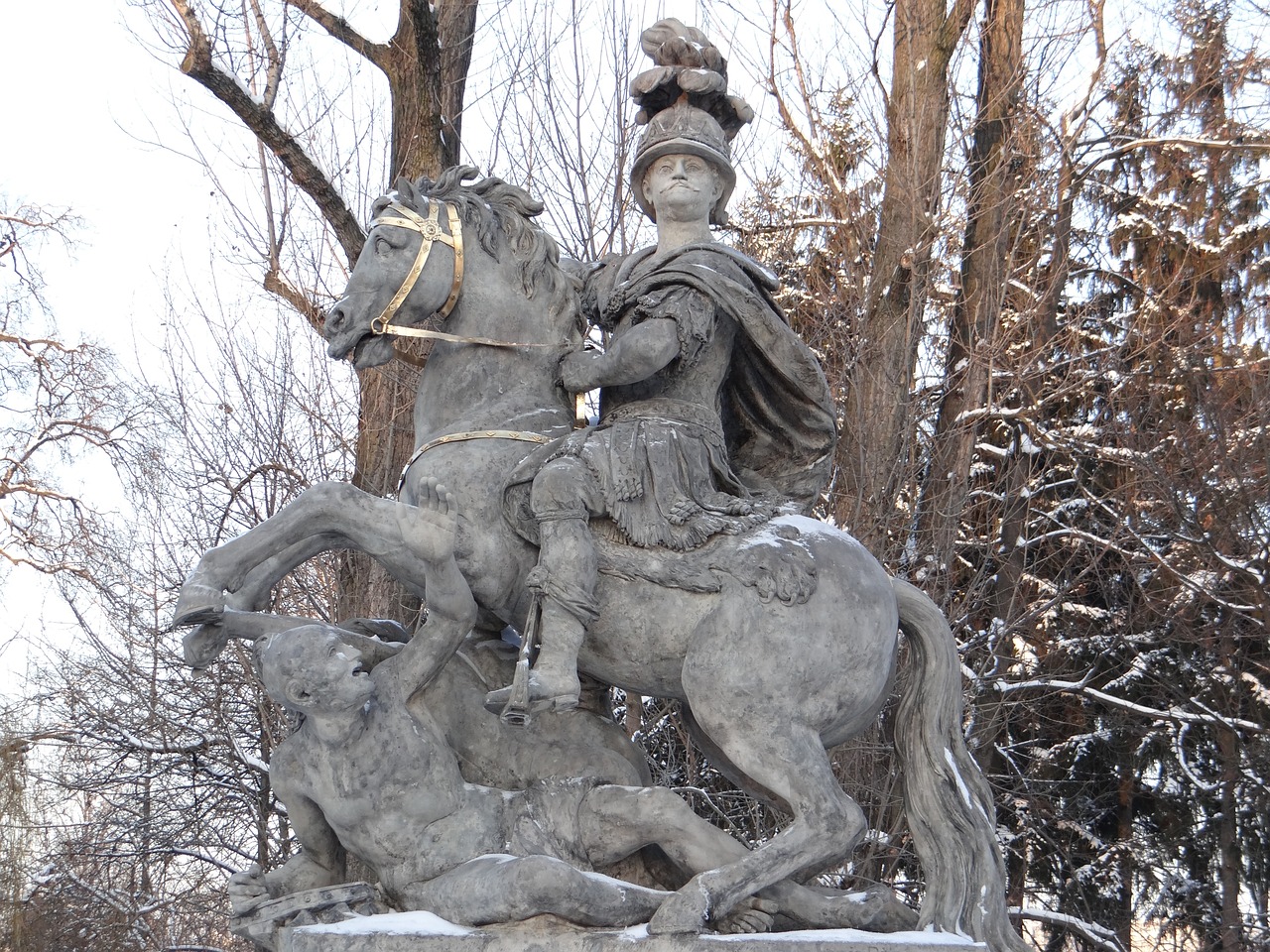
Lazienki Park
Lazienki Park, also known as the Royal Baths Park, is a vast green oasis in the heart of Warsaw. It features beautifully landscaped gardens, picturesque ponds, and several historical buildings.
- The Palace on the Isle: The Palace on the Isle is a neoclassical palace located on an artificial island in the park. It houses a museum with a collection of 18th-century artwork and furniture.
- The Amphitheater: The Amphitheater is an open-air theater where concerts and cultural events are held during the summer months.
- The Chopin Monument: The Chopin Monument is dedicated to the renowned Polish composer Frédéric Chopin. It is a popular gathering place for music enthusiasts and hosts open-air piano concerts.
Warsaw Rising Monument
The Warsaw Rising Monument commemorates the Warsaw Uprising of 1944. It is located in Krasinski Square and serves as a tribute to the heroic efforts of the Polish resistance fighters.
- The Monument Sculpture: The Monument Sculpture depicts a group of insurgents in action, symbolizing the bravery and determination of the Warsaw Uprising participants.
- The Memorial Wall: The Memorial Wall surrounding the monument displays the names of the resistance fighters who lost their lives during the uprising.
- The Underground Museum: The Underground Museum, located beneath the monument, offers a multimedia exhibition about the Warsaw Uprising and its historical significance.

Palace of Culture and Science
The Palace of Culture and Science is an iconic landmark in Warsaw. Built in the 1950s as a “gift” from the Soviet Union, it is the tallest building in Poland and offers panoramic views of the city.
- The Observation Deck: The Observation Deck, located on the 30th floor, provides breathtaking views of Warsaw’s skyline. Visitors can see the city’s major landmarks from a unique perspective.
- The Congress Hall: The Congress Hall is a venue for various cultural events, exhibitions, and conferences. It hosts concerts, theater performances, and international conventions.
- The Museum of Technology: The Museum of Technology, located within the Palace, showcases the development of technology throughout history. It features interactive exhibits and displays of vintage machinery.
Pawiak Prison Museum
The Pawiak Prison Museum is a memorial site dedicated to the victims of Nazi occupation during World War II. The museum is located in the former Pawiak Prison, which was used by the Germans as a place of torture and execution.
- The Prison Cells: The prison cells have been preserved as they were during the occupation, providing a chilling insight into the harsh conditions endured by the prisoners.
- The Memorial Wall: The Memorial Wall displays the names of the prisoners who were executed in Pawiak Prison. It serves as a reminder of the atrocities committed during the war.
- The Exhibition: The exhibition in the museum documents the history of the prison and the stories of the people who were imprisoned there. It sheds light on the resistance movements and the struggle for freedom.
References
- Warsaw Historical Museum – cityofwarsaw
- Royal Castle – zamek-krolewski
- Wilanów Palace – wilanow-palac
- Warsaw Uprising Museum – warsawuprising
- Lazienki Park – lazienki-krolewskie
- Warsaw Rising Monument – warsawrisingmonument
- Palace of Culture and Science – palaceofculture
- Pawiak Prison Museum – pawiakprisonmuseum


